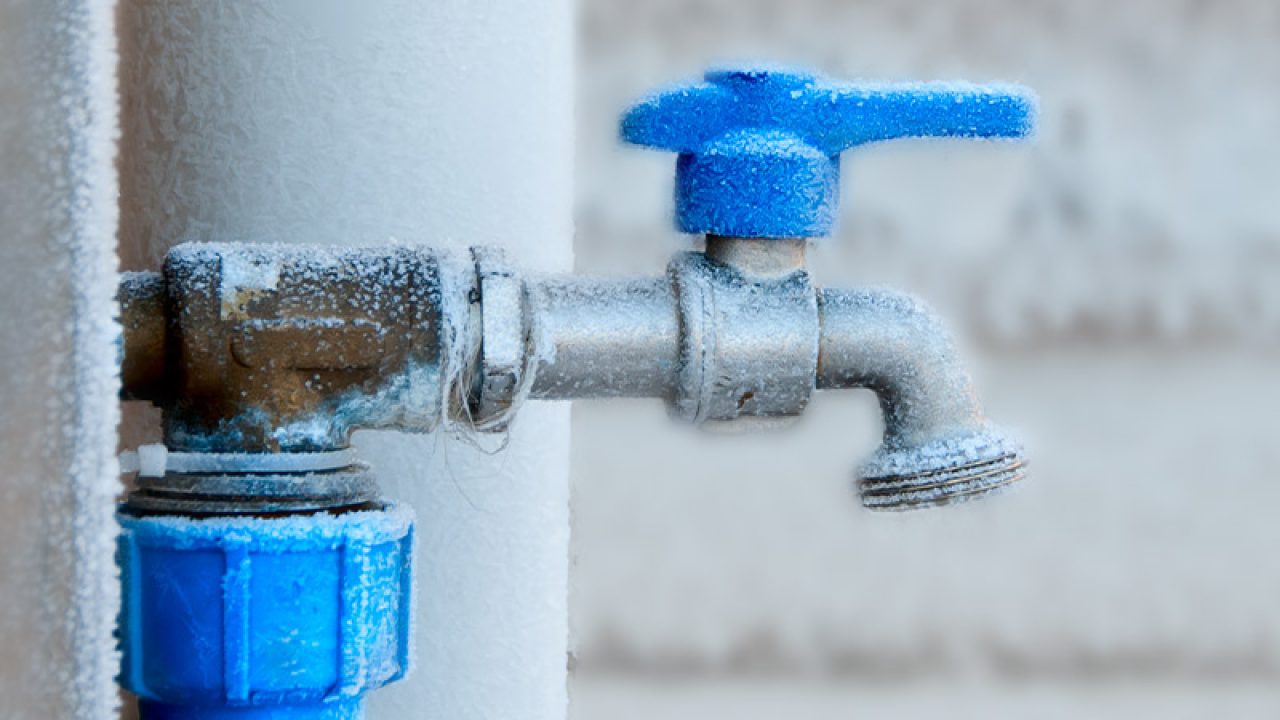Ways to Protect Your Pipes from Cold Weather: Professional Guidance
Ways to Protect Your Pipes from Cold Weather: Professional Guidance
Blog Article
Nearly everybody maintains their own individual idea with regards to 6 Ways to Prevent Frozen Pipes.

Cold weather can wreak havoc on your plumbing, particularly by freezing pipelines. Below's just how to avoid it from occurring and what to do if it does.
Intro
As temperature levels drop, the risk of icy pipelines increases, possibly bring about expensive repair work and water damages. Comprehending how to stop frozen pipelines is vital for property owners in cold environments.
Understanding Frozen Pipelines
What triggers pipelines to freeze?
Pipelines ice up when subjected to temperature levels below 32 ° F (0 ° C) for prolonged durations. As water inside the pipelines freezes, it broadens, taxing the pipeline wall surfaces and potentially creating them to burst.
Risks and damages
Icy pipes can cause water system interruptions, residential property damages, and costly repair work. Ruptured pipes can flooding homes and cause extensive architectural damages.
Indicators of Frozen Pipes
Identifying frozen pipelines early can stop them from bursting.
How to identify icy pipelines
Try to find decreased water flow from taps, unusual odors or sounds from pipes, and visible frost on revealed pipes.
Avoidance Tips
Protecting susceptible pipelines
Wrap pipelines in insulation sleeves or utilize heat tape to secure them from freezing temperatures. Concentrate on pipes in unheated or outside locations of the home.
Heating strategies
Keep indoor areas properly heated up, especially areas with pipes. Open up cabinet doors to allow cozy air to flow around pipelines under sinks.
Safeguarding Outside Pipes
Yard tubes and outdoor faucets
Disconnect and drain garden pipes before winter season. Install frost-proof spigots or cover outdoor faucets with shielded caps.
What to Do If Your Pipelines Freeze
Immediate actions to take
If you presume frozen pipes, maintain faucets open to soothe pressure as the ice melts. Utilize a hairdryer or towels soaked in warm water to thaw pipes gradually.
Long-Term Solutions
Structural changes
Consider rerouting pipelines far from exterior walls or unheated areas. Include added insulation to attic rooms, cellars, and crawl spaces.
Updating insulation
Purchase top notch insulation for pipes, attic rooms, and walls. Appropriate insulation helps preserve consistent temperatures and reduces the danger of icy pipes.
Verdict
Preventing frozen pipelines requires positive procedures and fast reactions. By comprehending the reasons, indicators, and preventive measures, property owners can secure their pipes throughout winter.
Helpful Tips to Prevent Frozen Pipes this Winter
UNDERSTANDING THE BASICS: WHY PIPES FREEZE AND WHY IT’S A PROBLEM
Water freezing inside pipes is common during the winter months, but understanding why pipes freeze, and the potential problems it can cause is crucial in preventing such incidents. This section will delve into the basics of why pipes freeze and the associated problems that may arise.
THE SCIENCE BEHIND FROZEN PIPES
When water reaches freezing temperatures, it undergoes a physical transformation and solidifies into ice. This expansion of water as it freezes is the primary reason pipes can burst. As the water inside the pipe freezes, it expands, creating immense pressure on the walls. If the pressure becomes too great, the pipe can crack or rupture, leading to leaks and water damage.
FACTORS THAT CONTRIBUTE TO PIPE FREEZING
Low Temperatures: Extremely cold weather, especially below freezing, increases the risk of pipes freezing. Uninsulated or Poorly Insulated Pipes: Pipes located in unheated areas, such as basements, crawl spaces, or attics, are more prone to freezing. Insufficient insulation or lack of insulation altogether exacerbates the problem. Exterior Wall Exposure: Pipes running along exterior walls are susceptible to freezing as they encounter colder temperatures outside. Lack of Heating or Temperature Regulation: Inadequate heating or inconsistent temperature control in your home can contribute to frozen pipes. PROBLEMS CAUSED BY FROZEN PIPES
- Pipe Bursting: As mentioned earlier, the expansion of water as it freezes can cause pipes to burst, resulting in significant water damage.
- Water Damage: When pipes burst, it can lead to flooding and water damage to your property, including walls, ceilings, flooring, and personal belongings.
- Structural Damage: Prolonged exposure to water from burst pipes can compromise the structural integrity of your home, leading to costly repairs.
- Mold and Mildew Growth: Excess moisture from water damage can create a favorable environment for mold and mildew growth, posing health risks to occupants.
- Disrupted Water Supply: Frozen pipes can also result in a complete or partial loss of water supply until the issue is resolved.
WHY CERTAIN PIPES ARE MORE PRONE TO FREEZING
- Location: Pipes located in unheated or poorly insulated areas, such as basements, crawl spaces, attics, or exterior walls, are at higher risk of freezing.
- Exterior Pipes: Outdoor pipes, such as those used for irrigation or exposed plumbing, are particularly vulnerable to freezing as they are directly exposed to the elements.
- Supply Lines: Pipes that carry water from the main water supply into your home, including the main water line, are critical to protect as freezing in these lines can affect your entire plumbing system.
- Underground Pipes: Pipes buried underground, such as those connected to sprinkler systems or outdoor faucets, can be susceptible to freezing if not properly insulated.
https://busybusy.com/blog/helpful-tips-to-prevent-frozen-pipes-this-winter/

Hopefully you enjoyed our excerpt about Helpful Tips to Prevent Frozen Pipes this Winter. Thanks a ton for taking the time to read through our blog post. Do you know about another person who is intrigued by the subject? Please feel free to promote it. I enjoy reading our article about Winter Plumbing Precautions: Preventing Frozen Pipes.
About Report this page